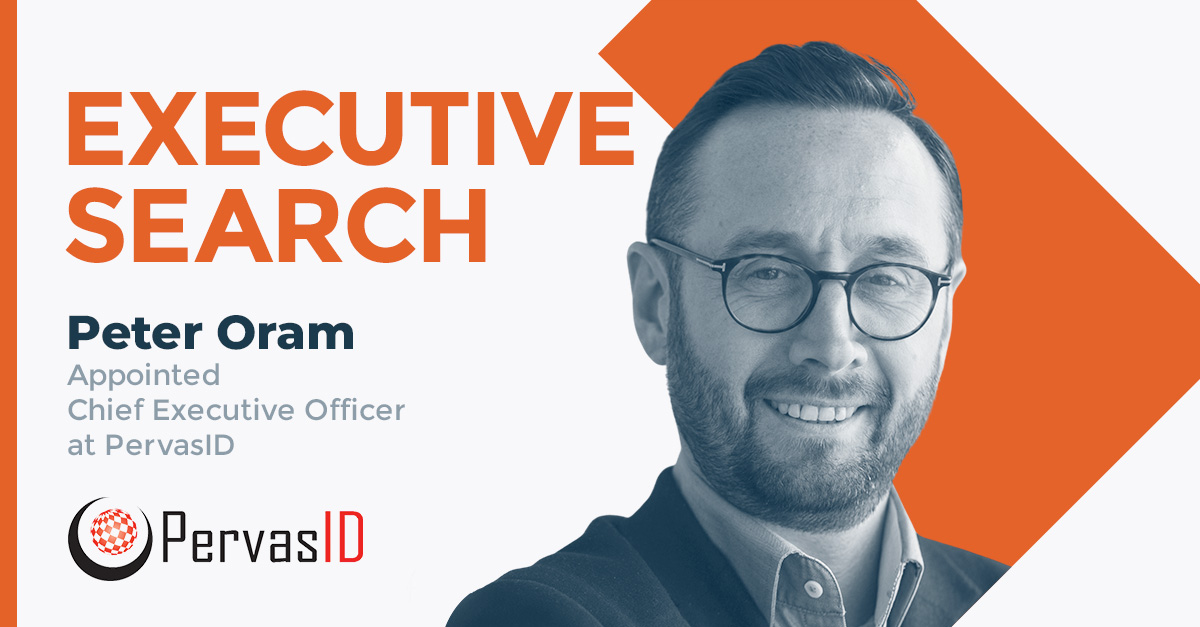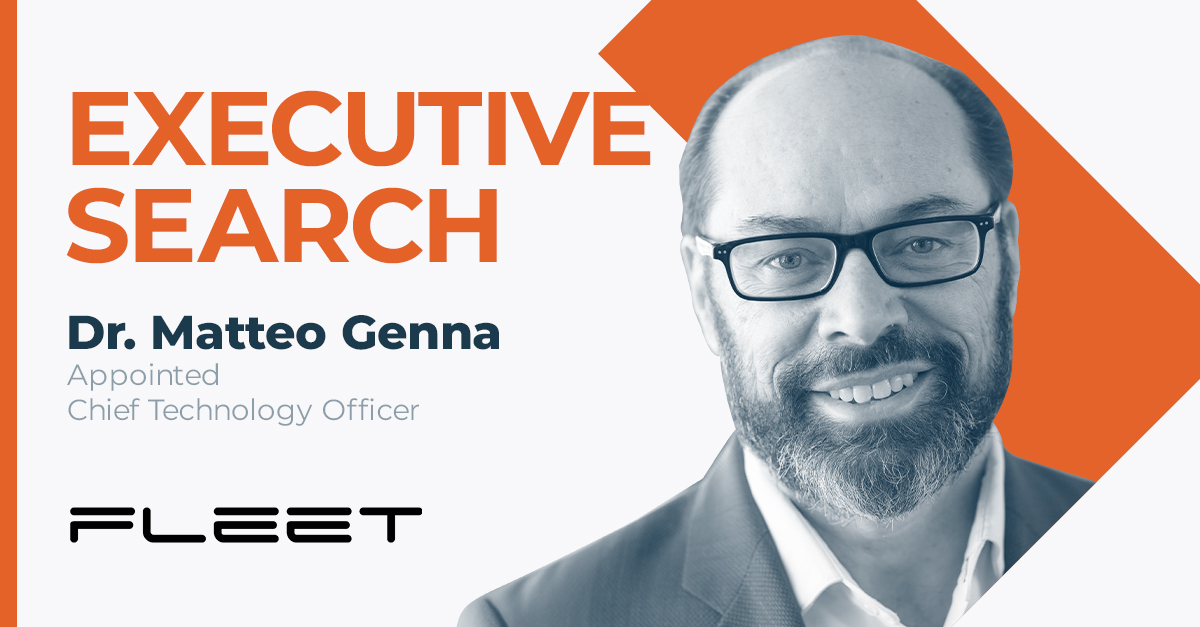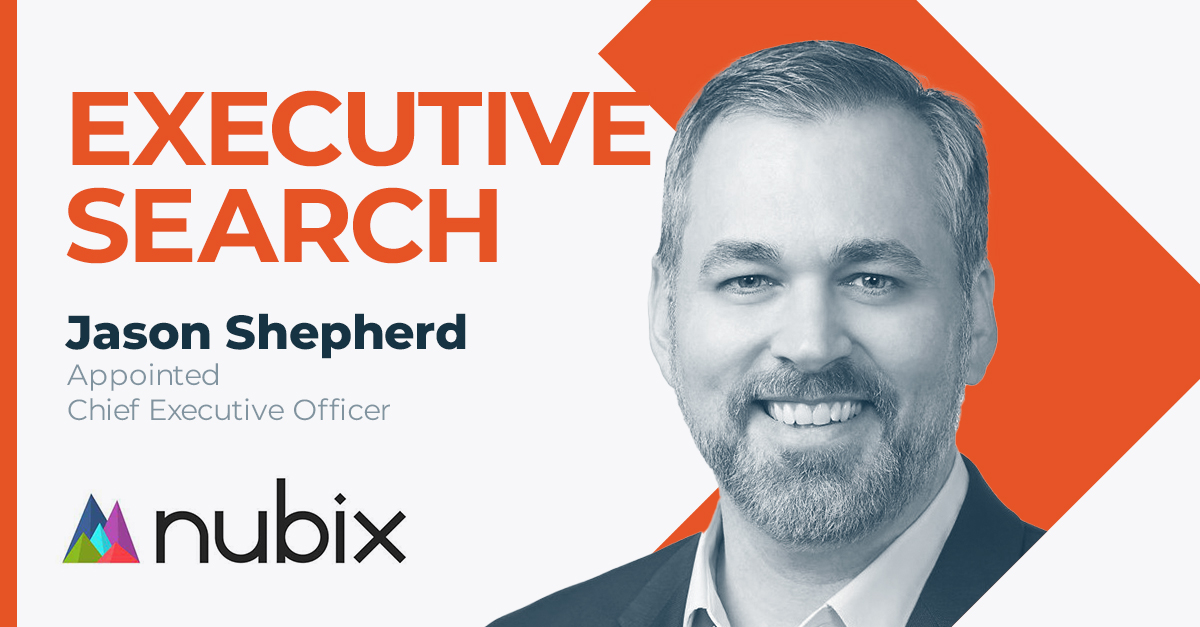Insight Vector: An Interview with Cyril Brignone, CEO of Arrayent
Ken Forster

 |
Cyril Brignone, CEO of Arrayent discussed trends in the IoT and what they mean for consumer goods companies and brands |
![]()
Can you give a brief overview of your background?
I have 15 years of experience in distributed smart spaces and IoT, in addition to 23 related patents. Prior to becoming Arrayent’s CEO I was responsible for defining the Arrayent Connect™ IoT platform and portfolio of products. Before joining Arrayent, I co-founded Vator.tv, an online portal to showcase emerging startups, and worked at the world-famous Hewlett-Packard Labs as a Senior Research Scientist Manager, leading HP’s Smart Environment Research Group. Our work resulted in the creation of HP’s RFID and Sentient Spaces programs.
Where are you currently focusing your innovation and why?
I believe the future of connected products will be based on seamless interoperability that enables and emboldens new user experiences that aren’t even considered today. A world where most products work together will allow entirely new business models to emerge from the service providers who ‘own’ the related contexts in consumers’ minds. Achieving across-the-board interoperability is not easy and that is where we are focusing most of our attention these days.
What are some of biggest obstacles for consumer goods companies to fully utilize IoT?
I see two major obstacles for brands creating connected products: ‘transformation’ and ‘commitment.’
In terms of ‘transformation,’ selling connected products causes a consumer brand to rethink just about everything about itself. Over the last number of decades, brands have become more and more separated from the consumer, letting the retailer handle almost all interactions with the public at large. So the brands have come to see products as something they sell once and never want to hear from again, because that usually means a warranty or support cost.
Connected products create a situation that requires a 180-degree change in mindset, where a direct, ongoing relationship with the consumer is not only created, but desired, on the part of the brand. And it is from this ‘commitment’ between brand and consumer that new requirements arise for ongoing uptime, software updates, predictive maintenance, post-sale service, and two-way information.
This commitment also provides benefits in the form of product feedback, in-field product performance data, add-on sales of accessories and/or consumables, and a closer affinity between the consumer and the brand to help drive loyalty and future sales.
But all of this requires organizational transformation to adopt and embrace the changes necessary to go from a product-mentality to a service-mentality company. And this kind of change is extremely hard for producers of hard goods. In fact, it's so difficult, my company has developed an intensive workshop specifically intended to help companies cope with IoT business transformation.
What do you see as the top three factors that are helping to accelerate the adoption of IoT?
First, we are mostly past the stage where companies are wondering IF connected products will take hold in the market. Most companies now understand that connected products ARE the future. It’s just a matter of when and how.
That said, the three top factors helping accelerate adoption of consumer IoT are:
1) interoperability between products from different brands,
2) focus on IoT making products better with improved user experiences, not merely connected, and
3) the emergence of new user interfaces such as voice that will help ‘smart’ products really earn than distinction.
These three things will, for the first time, make smart products truly better and more useful for people who really just want to make their home: a better place to raise their families and have more peace of mind. If connected products don’t accomplish that level of user benefit, then they really deserve to be relegated to just being a gadget.
What trends do you anticipate in the IoT market over the next 12 months?
We foresee a culling of the IoT platform ‘herd.’ There are over 250 different IoT platforms out there but very few actually have the experience to help major consumer brands bring connected products to market quickly, securely, and ready for launch across vastly different geographic, technologic, and regulatory boundaries.
We see a consolidation coming with only a very few IoT platforms serving the big brands and a bunch of smaller, niche IoT platforms serving the needs of startups and smaller product companies.
We also forecast there will be fewer companies who decide to ‘wait and see’ and still fewer who try to ‘do it themselves.’ The word is getting around that one of the best ways to lose market share is to not embrace connected products. So we are seeing more willingness to experiment and explore this brave new world.
The word is also starting to get around with manufacturing companies who may be world-class in their fields; that trying to create their own IoT platform internally is tantamount to them also wanting to become world-class in software development and online service operations. There are few companies in the world who have actually accomplished that, so we are finding much smarter conversations with CIOs who understand how strategic partnerships are a better, faster and cheaper path to market than trying to do it all themselves.
But the biggest trend we see is that merely having a connected product controlled by a smartphone app is no longer enough for market success. Success will come from completely new and wildly exciting user experiences that are only made possible by having one company’s product take advantage of other company’s product in the same environment.
Assumed seamless interoperability between ecosystems, and how that feeds into product and marketing requirements, will be how the connected-product ‘killer app’ comes about. Products like Amazon’s Alexa and Google’s Nest will help advance interoperability between other connected products making them truly ‘smart’ for the first time.
What are the biggest challenges holding back more adoption of IoT?
Consumer products manufacturers do not have organizations that are set up to succeed with connected products. For many companies, their CIOs now find themselves heading major product initiatives when just last year all of their focus was on internal infrastructure and operations and nothing to do with product. This is a seismic shift for organizations and it needs to be addressed to achieve success.
Likewise, for most manufacturers, their business models previously relied on selling tonnage to retailers and hoping to never hear back from that product again — because that would mean a warranty or support claim. In the connected product world of IoT many new business relationships and revenue streams are opening up for those brands looking for opportunity. But even the most forward-looking of consumer brands will find that this new world can be very difficult to manage.
See our past interview:



